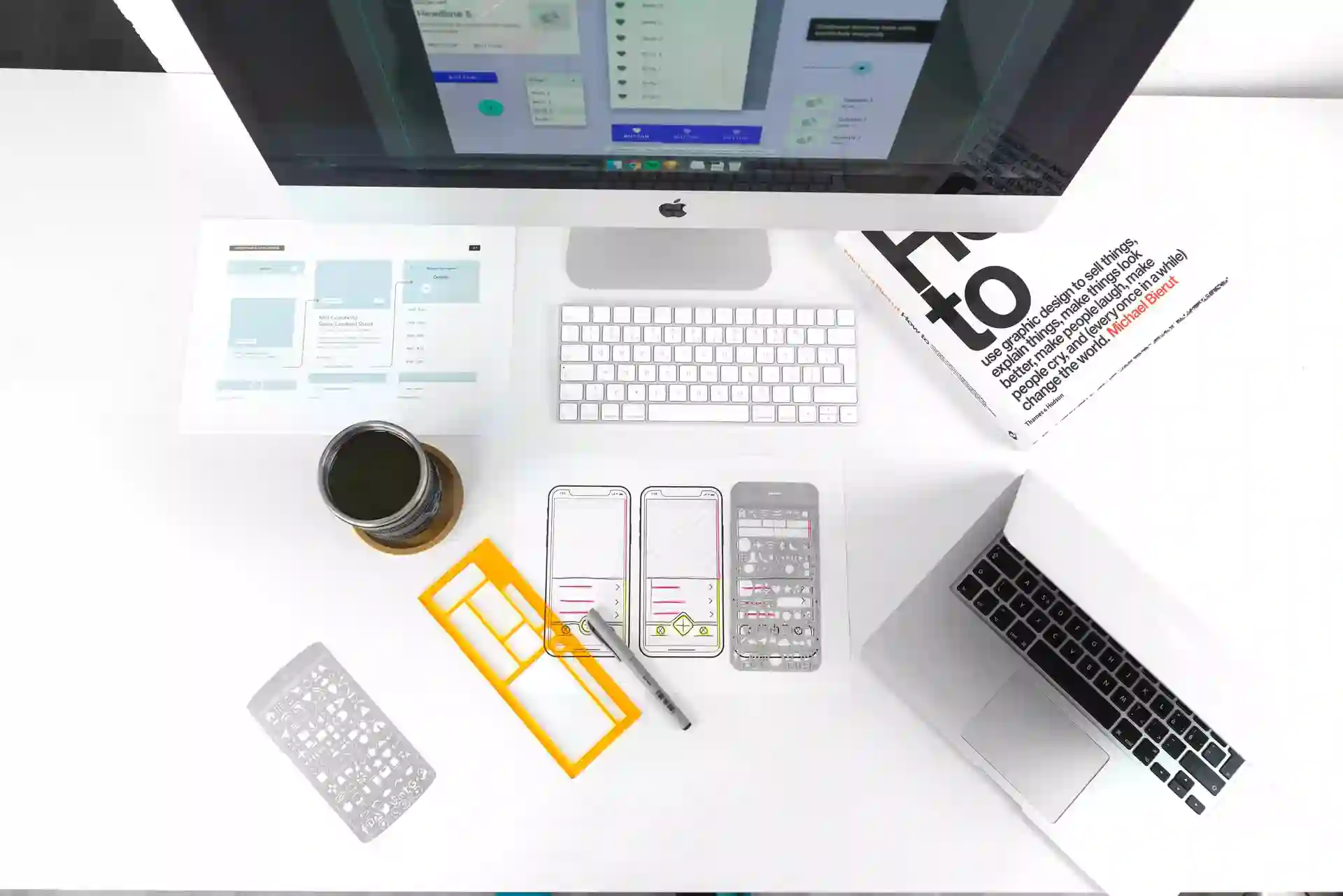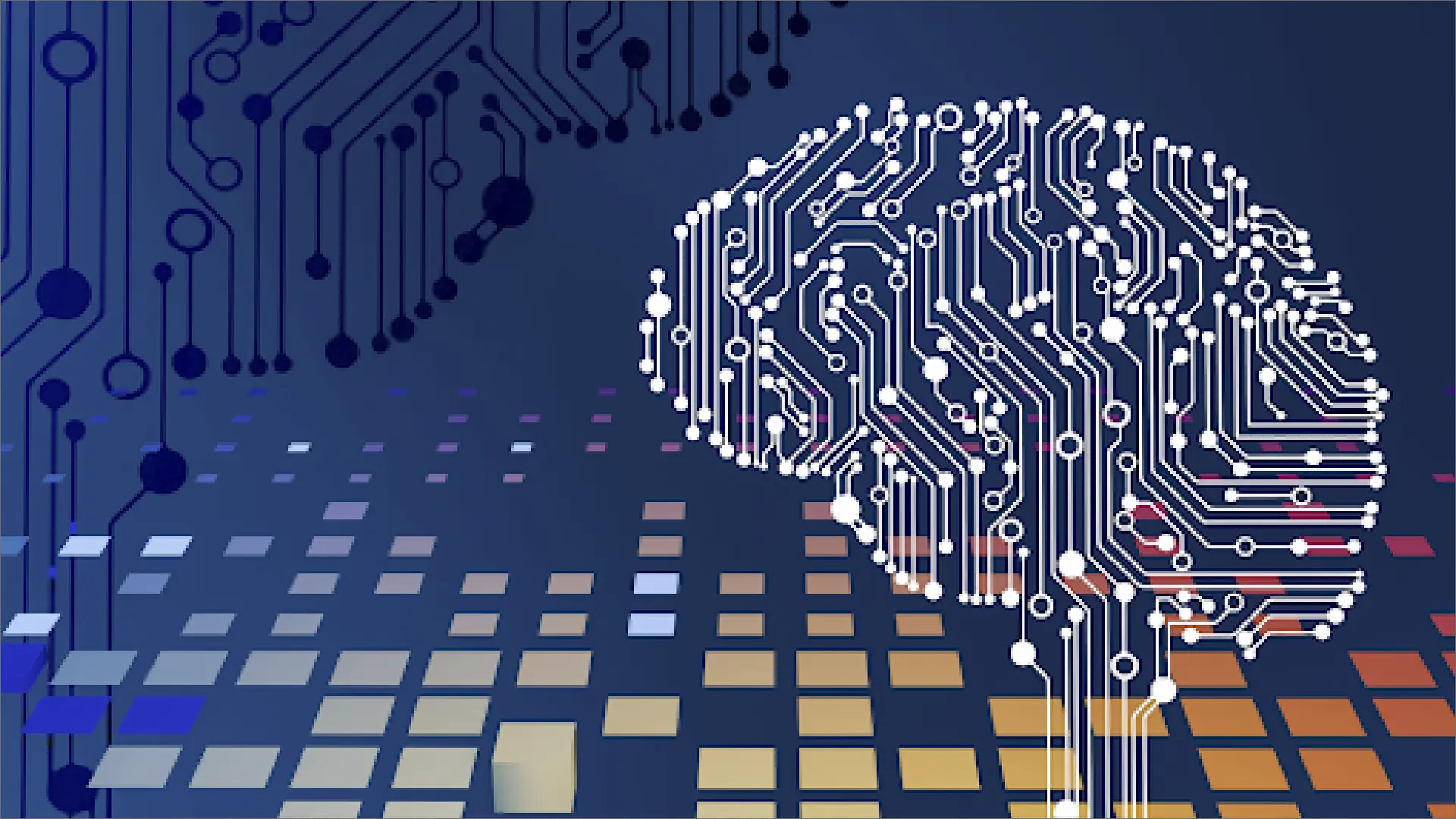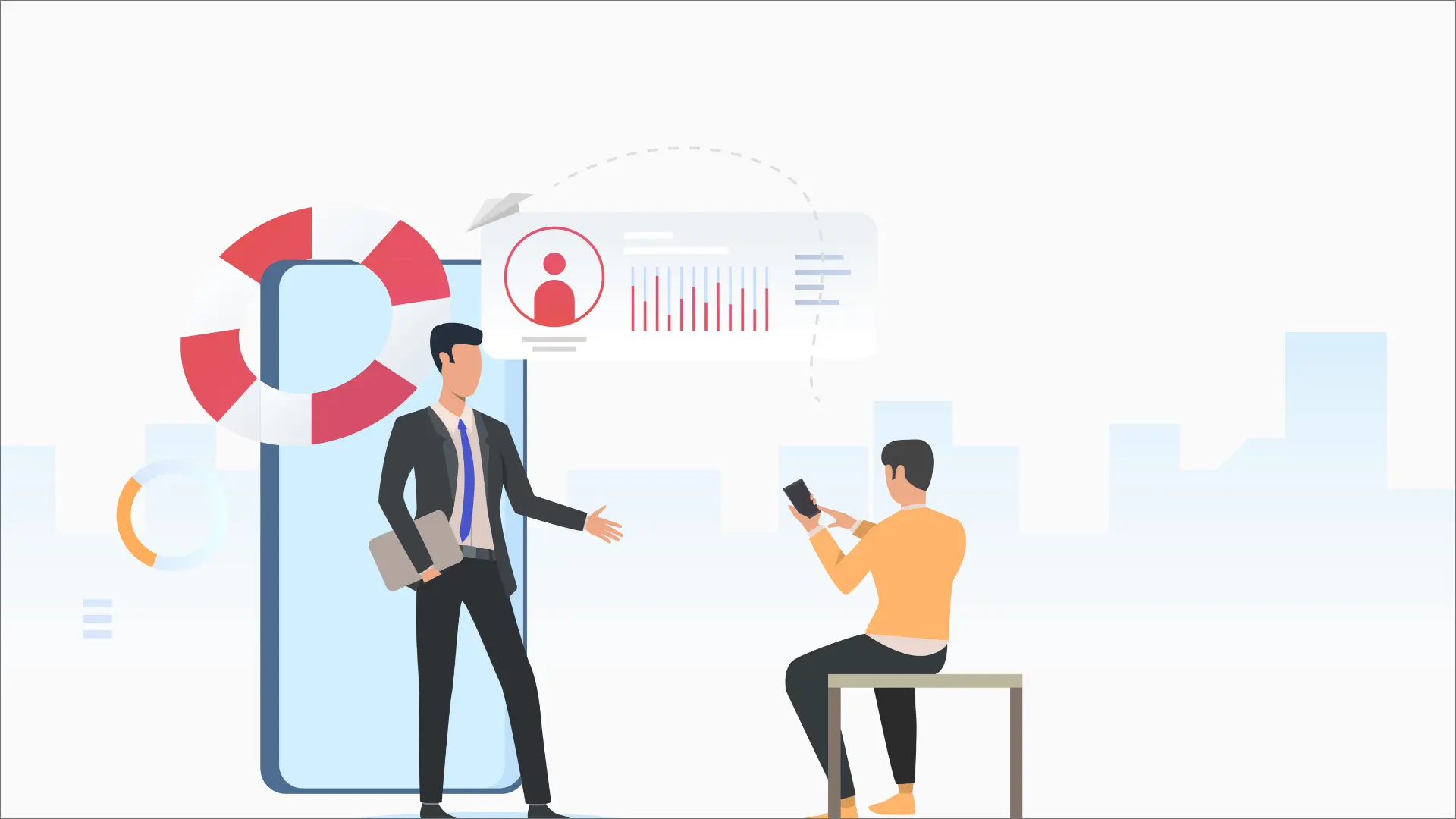Creating a good user experience is important because it can mean the difference between a person using your product or service and choosing another option. A bad user experience will cause people to give up and look for something else, even if your product or service is otherwise superior.
There are many different frameworks and models for thinking about user experience. This article will introduce some of the most popular ones.
Flexible MAC Architecture
The Flexible MAC Architecture or FMA is a set of standards that provide reliable and efficient data delivery over computer networks. It was sky designed to meet the requirements of real-time applications such as voice and video conferencing, gaming, and others.
FMA provides end-to-end quality of service (QoS), which means that it can guarantee data delivery with low latency and jitter. This is possible because FMA uses a centralized controller that manages the network’s resources and schedules traffic according to the needs of the applications. It is scalable and can be easily deployed in small or large networks. It is also interoperable, which means it can work with different types of equipment from different vendors.
FMA is an open standard, not tied to any particular vendor or technology. This makes it easier to deploy and manage, as well as to find support when needed. It has been designed to provide a high level of security. It uses encryption and authentication to protect data from being intercepted or modified by unauthorized users.
FMA is a reliable and efficient way to deliver data over computer networks. It is scalable, interoperable, and secure. It is also an open standard that can be easily deployed and managed. If you are looking for a framework responsible for delivering a flawless user experience, then FMA is the right choice for you.
User Experience Cycle
Most digital products are designed with the user experience in mind. However, there is no one-size-fits-all regarding user experience. Different users have different needs and expectations. As such, designing a flawless user experience can be quite challenging.
The user experience cycle is a framework that helps designers create amazing user experiences. It is responsible for ensuring that all the elements of the user experience come together seamlessly.
Different frameworks have different steps, but the basic idea is always to ensure the user has a great experience using the product.
If you’re working on a digital product, you already use a user experience cycle framework. But if you’re not, now is the time to learn about this important framework.
Discovery phase
The discovery phase is a framework responsible for a flawless user experience. It is gathering information about a product or service through research and testing. This phase helps to identify user needs and requirements, as well as to assess the feasibility of a project. The goal of the discovery phase is to create a foundation for design and development by understanding the problem that needs to be solved.
The discovery phase usually begins with a kick-off meeting, during which the project team discusses the goals and objectives of the project. They also define the scope of work and set expectations for the project. After the kick-off meeting, the team will conduct user research, including interviews, surveys, focus groups, and usability testing. The team will also analyze the competition and review any existing product or service. Based on the findings from the discovery phase, the team will create a report that outlines the user needs and requirements, as well as the feasibility of the project. The discovery phase is essential in the design and development process, as it helps ensure that the final product or service meets the user’s needs.
Exploration phase
The exploration phase is a crucial part of the user experience design process. It is responsible for helping designers understand the needs and wants of users, as well as identifying any problems that may exist with the current design.
Designers must avoid making assumptions during this phase, as doing so can lead to serious problems later. Instead, they should focus on gathering as much information as possible through research methods such as interviews, surveys, and usability tests.
Once the exploration phase is complete, designers can begin to generate ideas for how to improve the user experience. This may involve creating new features or redesigning existing ones. However, it is essential to remember that not all changes will be successful; some may worsen the experience. Therefore, it is crucial to test any proposed changes before implementing them.
Evaluation stage
During the evaluation stage, the user compares the different options and decides which one to use. In our example, the person might compare hotel prices, reviews, and amenities to choose the best option.
Use stage
Finally, in the use stage, the user uses the product or service to meet their needs or desires. In our example, the person would book a room at the hotel they chose and then check in and stay there during their trip.

After using your product or service, the cycle starts at discovery as the user may have new needs or desires. It’s important to design your user experience so that it’s easy for users to discover and explore your product or service and then evaluate and use it.




